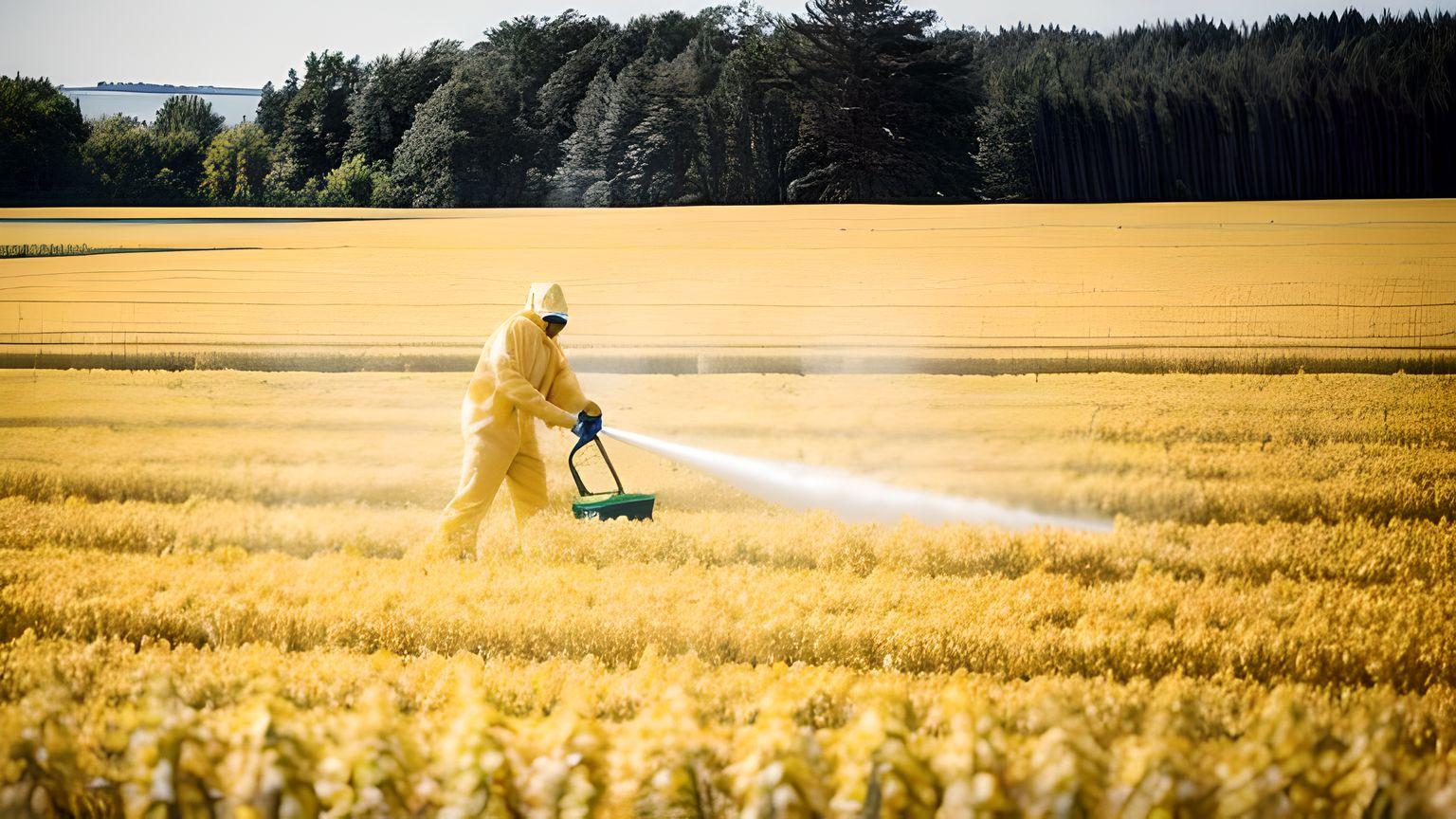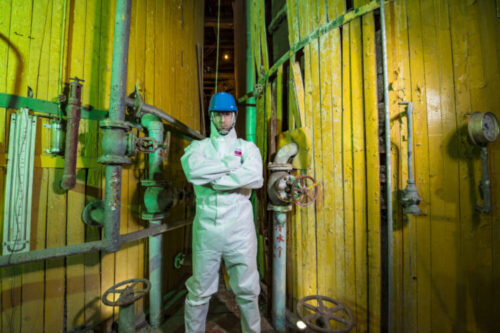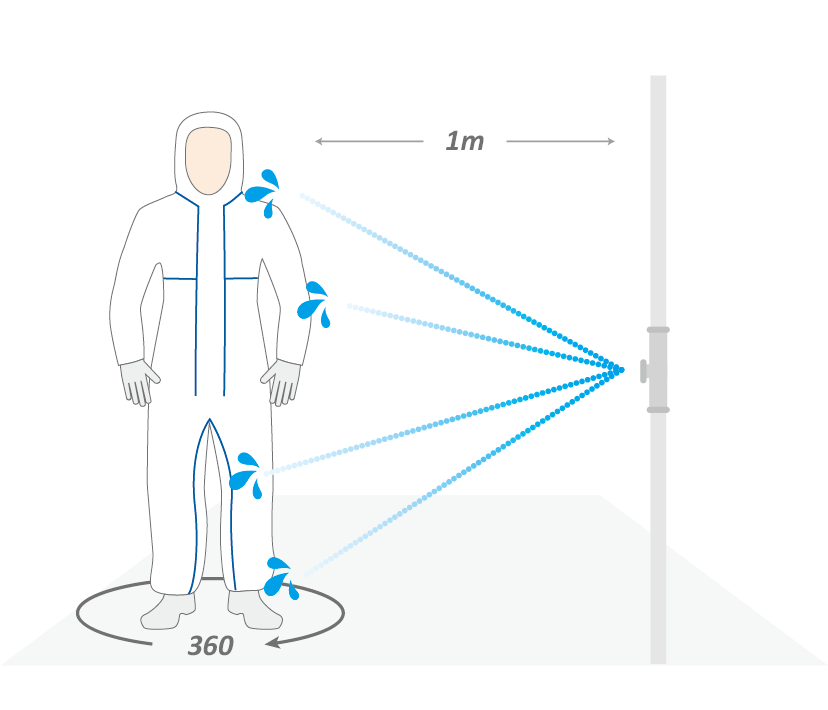
Understanding FR Protective Clothing Fire safety is a cornerstone of personal protection in many industries. In the market, FR protective clothing offers critical safety solutions. The term "FR" in protective clothing can stand for either "Flame Retardant" or "Fire Resistant." While these terms might sound similar, they represent distinct approaches…
Hannah2024-07-17









